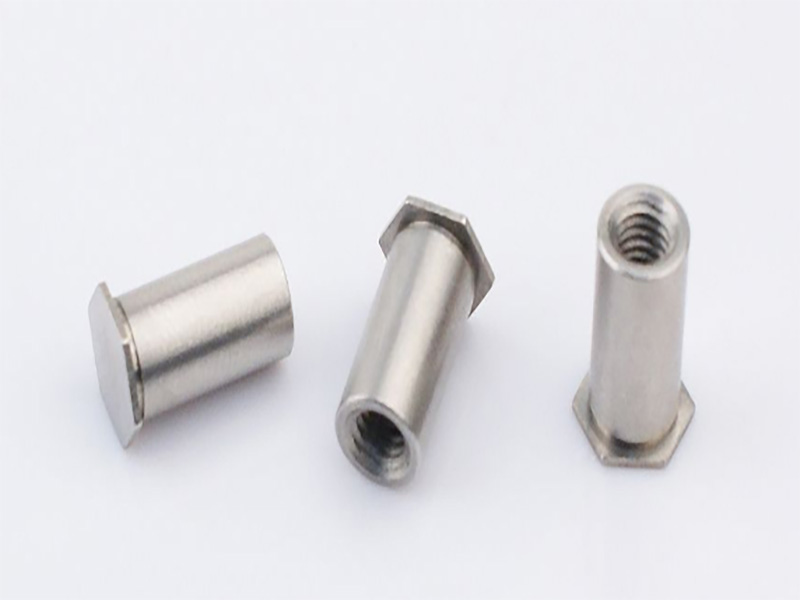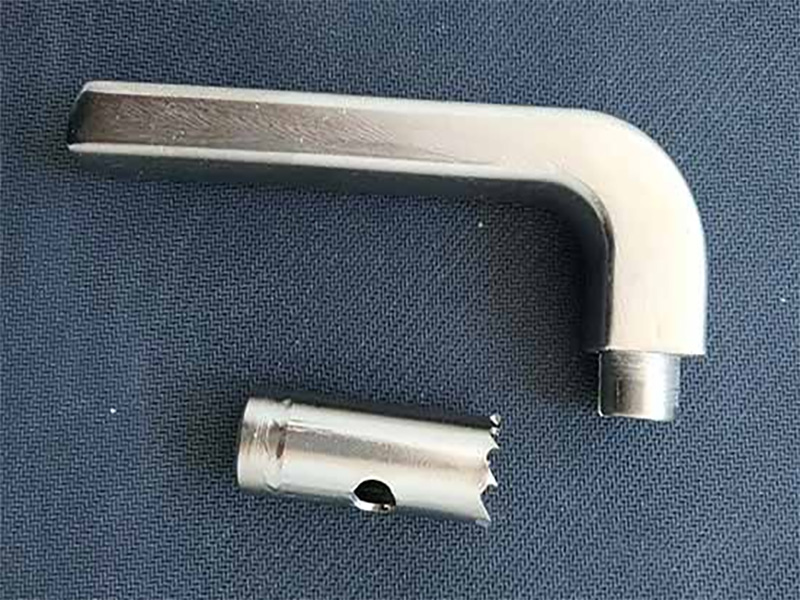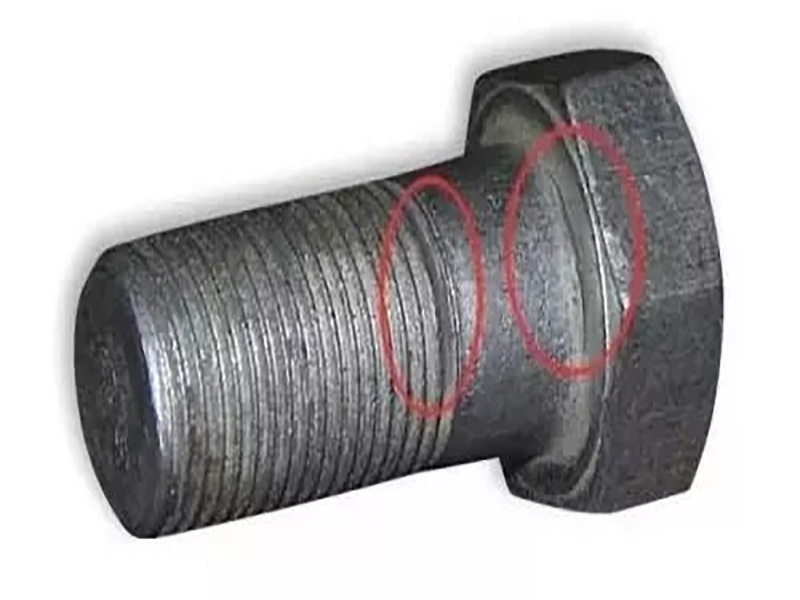

In any electroplating solution, there is always more or less a certain number of hydrogen ions due to dissociation of water molecules. Therefore, in the electroplating process, metal precipitation at the cathode (main reaction), accompanied by hydrogen precipitation (side reaction). The influence of hydrogen evolution is manifold, among which hydrogen embrittlements is the most important. Hydrogen embrittlements is one of the most serious quality hazards in surface treatment. Parts with serious hydrogen evolution may fracture during use, resulting in serious accidents. Surface treatment technicians must master the techniques to avoid and eliminate hydrogen embrittlement in order to minimize the effects of hydrogen embrittlement.

Reduce the amount of hydrogenation in the metal
In derusting and scaling, as far as possible to use sand blowing derusting, if the use of pickling, need to add rutin and other corrosion inhibitors in acid washing liquid; In addition to oil, the use of chemical oil removal, cleaning agent or solvent in addition to oil, less hydrogenation, if the use of electrochemical oil removal, cathode after anode; In electroplating, alkaline bath or high current efficiency bath has less hydrogen infiltration
Low hydrogen diffusion and low hydrogen solubility of the plating coating
It is generally believed that in the electroplating of chromium, zinc, cadmium, nickel, tin, lead, infiltration of steel hydrogen is easy to remain, while copper, molybdenum, aluminum, silver, gold, tungsten and other metal coatings have low hydrogen diffusion and low hydrogen solubility, less hydrogen infiltration. In the case of meeting the technical requirements of the product, can be used will not cause hydrogen infiltration coating, such as Dacro coating can replace galvanized, will not occur hydrogen embrittlements, corrosion resistance increases 7 ~ 10 times, good adhesion, film thickness of 6 ~ 8μm, equivalent to the thinner galvanized layer, does not affect the assembly.
Stress before plating and dehydrogenation after plating to eliminate potential hydrogen embrittlements
If the parts after quenching, welding and other processes after the internal residual stress is large, before plating should be tempered to reduce the occurrence of serious hydrogen infiltration.

In principle, the parts with more hydrogen infiltration in the electroplating process should be dehydrogenated as soon as possible, because the hydrogen in the coating and the hydrogen in the surface metal matrix diffuses to the inner steel matrix, and the number of anti-hydrogen embrittlements products increases with the extension of time. The new draft international standard states: “Dehydrogenation should be carried out preferably within one hour, but not later than three hours, after plating.” There are also corresponding standards in China, which provide for the removal of hydrogen before and after galvanizing. After electroplating dehydrogenation treatment process is widely used in heating and baking, the commonly used baking temperature is 150 ~ 300℃, insulation 2 ~ 24 hours. Specific processing temperature and time should be based on the size of parts, strength, coating properties and plating time. Dehydrogenation is usually carried out in an oven. The dehydrogenation temperature of galvanized parts is 110 ~ 220℃, and the temperature should be controlled according to the base material. For elastic materials, thin wall parts below 0.5 mm and steel parts with higher mechanical strength requirements, after galvanizing must be dehydrogenated. In order to prevent “cadmium brittle”, cadmium plated parts of the dehydrogenation temperature should not be too high, usually 180 ~ 200℃.
The higher the material strength is, the higher its hydrogen embrittlements sensitivity is, which is a basic concept that must be clearly defined by surface treatment technicians when preparing electroplating process specifications. International standards require tensile strength σ B> 105kg/mm2 steel should be subjected to pre – plating stress and post-plating dehydrogenation. French aviation industry to yield strength σ S> Steel parts of 90kg/mm2 require corresponding dehydrogenation treatment.
Due to the good correspondence between steel strength and hardness, it is more intuitive and convenient to judge material hydrogen embrittlements sensitivity by material hardness than by strength. Because a complete product drawing and machining process should be marked steel hardness. In electroplating, we found that the hardness of steel began to show the danger of hydrogen embrittlements fracture at about HRC38. For parts higher than HRC43, dehydrogenation treatment should be considered after plating. For hardness of about HRC60, dehydrogenation must be carried out immediately after the surface treatment, otherwise the steel will crack within a few hours.

(1) Safety factor of parts: for parts with high safety importance, dehydrogenation should be strengthened; (2) Geometry of parts: parts with notch that is easy to produce stress concentration, small R, etc., should be strengthened to dehydrogen; (3) The cross-sectional area of the parts: the small spring steel wire and the thin leaf spring are easy to be saturated with hydrogen, so dehydrogenation should be strengthened; (4) Degree of hydrogen infiltration of parts: in the surface treatment of parts with much hydrogen and long processing time, hydrogen removal should be strengthened; (5) Coating type: such as cadmium plating layer will seriously prevent hydrogen from spreading outward, so it is necessary to strengthen dehydrogenation; (6) The mechanical properties of the parts in use: when the parts are subjected to high tensile stress, they should be strengthened to dehydrogen, and hydrogen embrittlement will not occur only when the stress is pressed; (7) parts of the surface processing state: cold bending, stretching, cold bending, quenching, welding and other internal residual stress parts, not only after plating to strengthen the dehydrogenation, and before plating to stress; (8) History of parts: Special attention should be paid to the parts with hydrogen embrittlements in the past production, and relevant records should be made.

For Further Details,Please Feel Free To Contact Us: